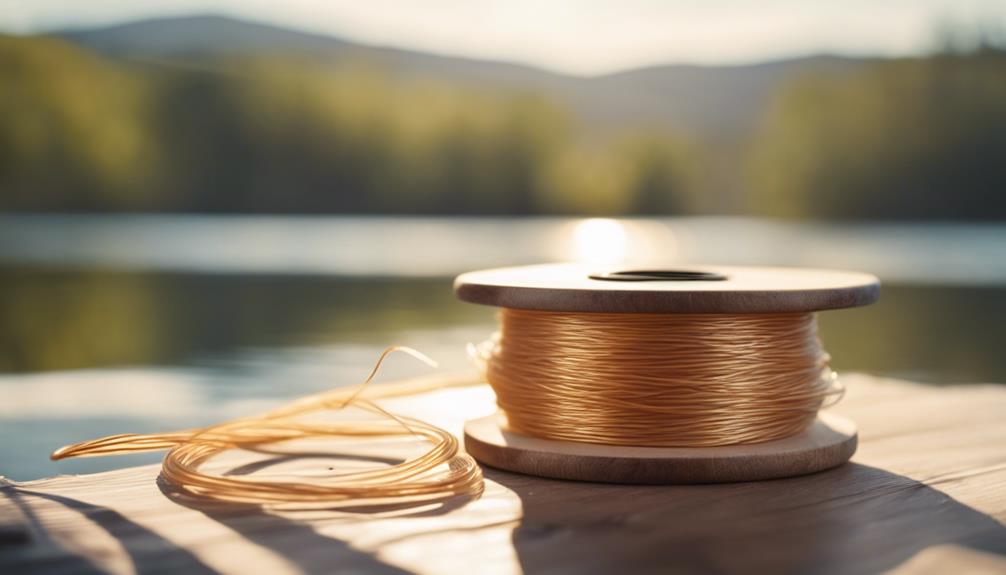Fishing is a beloved pastime for many Californians and visitors alike, providing a unique way to connect with nature and enjoy the great outdoors. However, before you cast your line into the beautiful waters of California, it’s essential to understand the process of obtaining a fishing license. In this guide, we will walk you through everything you need to know about how to obtain a fishing license in California, ensuring you have a smooth and enjoyable fishing experience.
Understanding the Importance of a Fishing License
Before diving into the specifics of how to obtain a fishing license in California, it’s crucial to understand why having one is necessary. A fishing license is not just a legal requirement; it also plays a vital role in conservation efforts. The revenue generated from fishing licenses funds wildlife management programs, habitat restoration, and various initiatives aimed at preserving California’s diverse aquatic ecosystems. Therefore, obtaining a fishing license is not only a legal obligation but also a contribution to the preservation of nature.
Types of Fishing Licenses Available in California
California offers several types of fishing licenses to accommodate different needs and circumstances. The most common types include:
1. Resident Fishing License: This license is for individuals who have established residency in California.
2. Non-Resident Fishing License: For those visiting from outside the state, a non-resident license is necessary.
3. One-Day Fishing License: Ideal for occasional anglers, this license allows fishing for a single day.
4. Two-Day Fishing License: A great option for those who plan to fish over a weekend or for a short trip.
5. Annual Fishing License: This is the most common choice for avid fishermen, allowing fishing year-round.
Additionally, there are special licenses available for seniors, disabled individuals, and military personnel. Understanding which type of license suits your needs is crucial to ensure compliance with California fishing regulations.
Where to Apply for a Fishing License
Now that you are familiar with the types of licenses available, it’s time to learn how to obtain a fishing license in California. You can apply for a fishing license through various channels:
1. Online: The California Department of Fish and Wildlife (CDFW) offers an online portal where you can purchase your fishing license instantly. This is the most convenient option, allowing you to complete the process from the comfort of your home.
2. In-Person: You can also obtain a fishing license at various locations, including CDFW offices, sporting goods stores, and authorized agents across the state. This option is great if you prefer to speak to someone directly.
3. By Mail: If you prefer a traditional approach, you can download the application form from the CDFW website, fill it out, and mail it to the designated address along with your payment.
No matter which method you choose, ensure you have the necessary identification and payment ready to streamline the process.
Required Information and Identification
When applying for a fishing license, whether online or in-person, you’ll need to provide specific information. This typically includes:
– Personal Information: Full name, address, date of birth, and phone number.
– Identification: A valid form of identification, such as a driver’s license or state ID, is often required to verify residency and age.
– Previous License Information: If you’ve held a fishing license in the past, having that information handy can expedite the process.
It’s a good idea to have all your documents ready before you start the application process to avoid any delays.
Understanding Fishing Regulations in California
Obtaining a fishing license is just the beginning of your fishing journey. California has specific fishing regulations that you must adhere to, which vary by location, species, and season. Familiarizing yourself with these regulations is essential for responsible fishing. Key aspects to consider include:
– Fishing Seasons: Certain fish species have designated seasons when they can be legally caught. Make sure to check the CDFW website for the latest updates on fishing seasons.
– Size and Bag Limits: Each species has specific size and bag limits that dictate how many fish you can catch and keep. These limits are in place to protect fish populations.
– Special Regulations: Some areas, such as national parks or protected marine areas, may have additional regulations. Always check the local rules before you fish.
Being informed about fishing regulations helps ensure sustainable fishing practices, contributing to the overall health of California’s aquatic ecosystems.
Tips for a Successful Fishing Experience
Once you have obtained your fishing license and familiarized yourself with the regulations, it’s time to prepare for your fishing trip. Here are some tips to enhance your fishing experience:
1. Choose the Right Gear: Invest in quality fishing gear suitable for the type of fishing you plan to do, whether it’s freshwater or saltwater fishing.
2. Research Fishing Spots: California is home to numerous lakes, rivers, and coastal areas. Research the best fishing spots based on the species you want to catch.
3. Check Weather Conditions: Weather can significantly impact fishing success. Be sure to check forecasts and plan your trip accordingly.
4. Practice Good Fishing Etiquette: Always respect other anglers and the environment. Follow the “leave no trace” principle and properly dispose of trash.
By following these tips, you’ll have a more enjoyable and successful fishing adventure in California.
Conclusion: Enjoy Your Fishing Journey in California
In conclusion, obtaining a fishing license in California is a straightforward process that allows you to engage in one of the state’s most cherished outdoor activities. By understanding the types of licenses available, where to apply, and the regulations in place, you can ensure a legal and responsible fishing experience. Remember to be respectful of nature and fellow anglers, and you’ll create lasting memories while enjoying the beautiful waters of California. Happy fishing!
